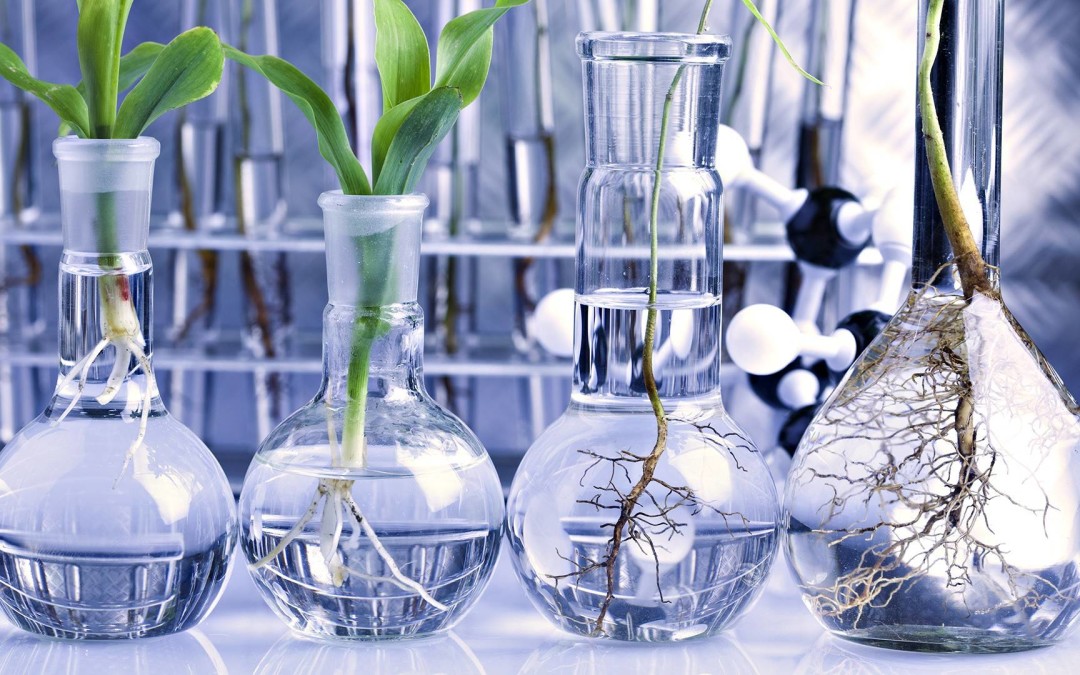Food engineering is a really misunderstood term in today’s world of ongoing buzz on GMOs, farming pesticides, and other topics that tie into genetically modified foods. As a food scientist myself, I always find myself trying to participate in the conversation around food engineering and whether it’s good or bad (or both). To start, let’s talk about what food engineering actually is.
What is Food Engineering?
Food engineering is a physical science that merges microbiology, engineering, and science to aid in food and food-related industries. That means food engineering covers everything from ingredients and flavoring in pre-packaged foods to the design, creation, and implementation of food processing equipment on a large scale. It can even encompass creating safe and sanitary food waste elimination procedures for food plants. Essentially, any process or procedure that deals with food products likely has had a food scientist weigh in at some point.
With that said, what’s commonly linked with food engineering is genetically modified organisms – or GMOs. This is in part due to the media whipping up a frenzy about genetically modified produce. You can barely turn your head without hearing a passionate argument on both sides of the GMO debate.
What’s rarely considered, though, is that food engineering in the form of genetic modification is nothing new. In fact, it’s not even decades old – it’s hundreds, if not thousands, of years old. Humans have been modifying the genetic makeup of plants and produce for ages, in an effort to create better and more varieties of foods. For instance, planting seeds from a strong harvest last year in order to have a strong harvest this year. The difference in today’s world is the technique in which we use to modify food is far more advanced than tech we had, say, 50 years ago. Instead of transferring genes between two related organisms, we actually have the ability to transfer genes between non-related organisms, giving us a much broader range of food engineering capabilities.
In fact, there’s such a gap in communication over genetically modified foods that only 37% of adults in the US think GMOs are safe to eat, while 88% of scientists say they’re not a threat. Need more convincing? Science superstar, Neil deGrasse Tyson, thinks the worry over genetically modified organisms is largely overblown. That’s really saying something.
The big question that we want to look at, though, is what does the future of food engineering look like? Will GMOs significantly change the way we feed the human race? Will they be a lifesaver if growing conditions on farms deteriorate? And can they actually provide a real solution to hunger and malnutrition in second and third world countries? The answer is that it’s very likely that it can and will.
What’s the Future of Food Engineering?
Because food engineering through genetically modifying produce and plants can help us create foods that are more nutrient dense or create crops that are more plentiful, there are a lot of real world applications for solving food shortage issues that are still a key concern around the globe.
There have already been plenty of success stories in genetic food engineering. A story recently focused on a California based plant pathology professor and scientist named Dr. Pamela Ronald who engineered a type of rice that’s resistant to disease and can tolerate flooding – two issues that have plagued rice production in Africa and Asia. A waning rice production could have serious consequences in those areas, which have high populations and rely on rice production for a majority of their meals. Engineering victories like Ronald’s can make feeding an increasingly growing world population a much simpler problem to solve.
Because of innovative breakthroughs like this, it’s extremely likely that producing enough food to eradicate world hunger isn’t just a noble goal – it’s a reasonable one that we can attain in the coming decade(s). It also acts as a hedge against environmental factors that are out of our control, like bad crops, strong weather fluctuations, and poor farming conditions, and makes food production something that can be created in all types of environments and locations. That kind of progress is big news, and it’s due to innovations in food engineering.
What will the world look like in 10, 20, or even 50 years from now with continued improvements in the world of food engineering and genetically modified foods? Who knows, but I have high hopes that it will improve life for the billions of people who live on our planet.
Come On! Follow Along!






Trackbacks/Pingbacks